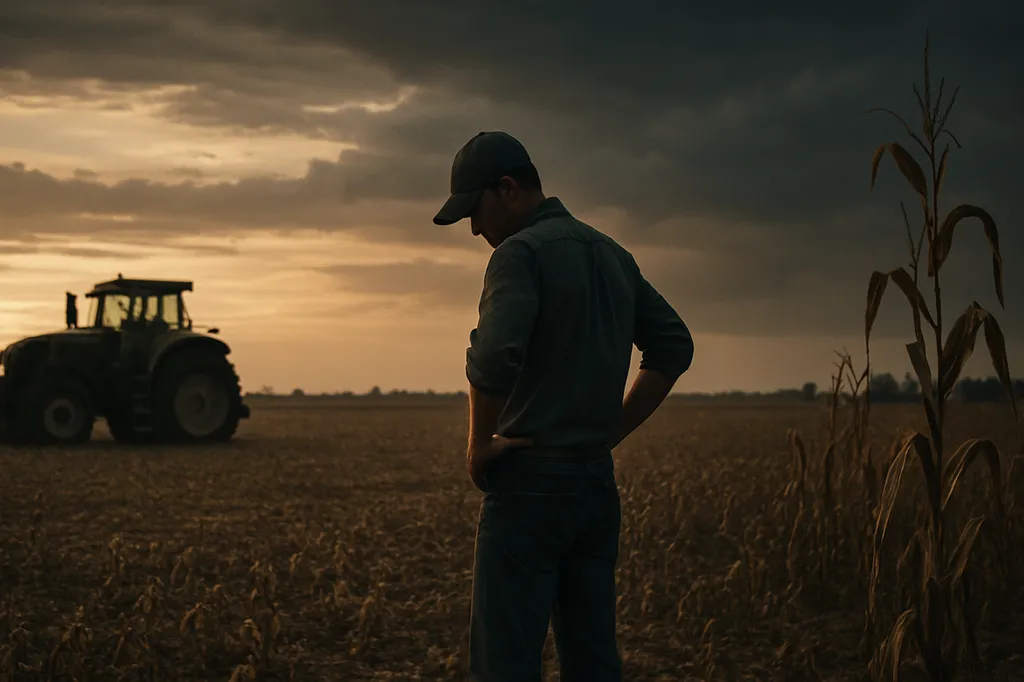The agricultural sector has witnessed a significant uptick in the prices of new agricultural equipment between 2021 and 2023, with increases exceeding 20%. This surge has led to a corresponding rise in machinery costs on farms, prompting farmers to reevaluate their machinery management strategies, especially when faced with the need to replace older equipment. The impact of these price hikes is particularly pronounced for combines, which typically represent the largest single investment on farms.
The National Agricultural Statistics Service (NASS) has tracked the increase in tractor prices over time, illustrating a steady rise. While the tractor price index showed modest gains from 2011 to 2020, the period from 2021 to 2023 saw much more substantial increases. In 2021, the index rose by 8%, followed by a 7% increase in 2022 and a 5% increase in 2023. Overall, tractor prices increased by 21% from 2020 to 2023, compared to a 14% increase from 2011 to 2020. These price hikes can be attributed to supply chain challenges exacerbated by the COVID-19 pandemic, general inflation, labor shortages, and reduced output from machine manufacturers due to concerns about lower demand for machinery.
The increase in machine prices has significantly contributed to machinery-related costs on Midwest farms. Data from Illinois Farm Business Farm Management shows that machinery-related costs have risen from $136 per acre in 2021 to $171 per acre in 2024, a 25% increase. This rise includes higher depreciation costs, fuel and oil expenses, repair costs, and machine hire. Rising interest rates and difficulties in filling machinery-related service positions have also contributed to these increased costs.
Given these higher costs, farmers may need to reassess their machinery management decisions, particularly when it comes to combines. Combines represent the single largest machinery investment on most farms, and harvest costs often account for more than 50% of total machinery-related costs. The per-acre combine costs are directly related to the number of acres harvested with each combine. Current machinery costs for 2025, available in the management section of farmdoc, indicate that harvesting over 3,000 acres per combine can significantly lower costs. For instance, at 3,600 acres harvested, the cost of combining corn is $43.40 per acre, and the cost of combining soybeans is $42.90 per acre.
The data suggests that substantial cost increases occurred between 2021 and 2023. At 3,600 acres harvested, corn combining costs were $31.10 per acre in 2021, compared to $40.90 per acre in 2023, a 31% increase. The list price of the combine used to estimate costs increased from $587,000 in 2021 to $741,000 in 2023, a 26% rise. Additionally, the decline in cost per acre as acres increase is more pronounced in 2023 and 2024 than in previous years. For example, a 1,000-acre increase in harvested acres in 2024 results in a $10.70 per acre decrease, compared to a $7.10 decrease in 2021.
The number of acres harvested has become more critical since 2021, with significant cost disadvantages for those harvesting less than 3,000 acres with a combine. Farms with less than 3,000 acres could form partnerships to own a combine jointly, resulting in significantly lower costs. Similarly, farms with over 3,000 acres can achieve cost savings by combining operations and reducing the number of combines used. Some farms with fewer acres may also consider having their acres custom-harvested, which can result in lower costs for both operations.
Other machinery decisions may also need to be re-evaluated. The number of relatively new tractors a farm owns will significantly impact costs, as will the amount of tillage equipment and the number of planters. Many farmers now have two planters, allowing them to plant soybeans and corn simultaneously. However, the costs of owning two planters have increased in recent years, and re-evaluating the advisability of this practice may be warranted.
In conclusion, the supply chain impacts of COVID-19, general inflation, labor constraints, and conservatism in machinery manufacturing suggest that agricultural machinery prices and costs will not decline in the near future. Given the significant increases in costs, farmers

